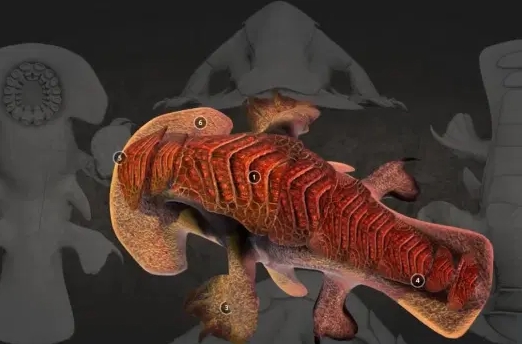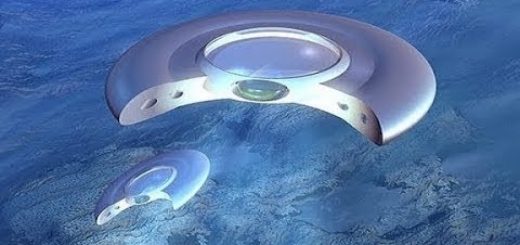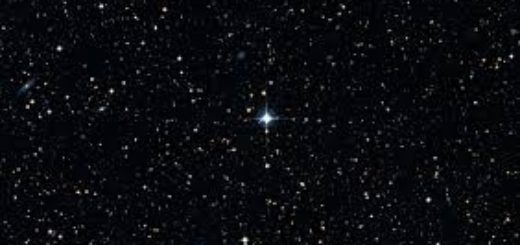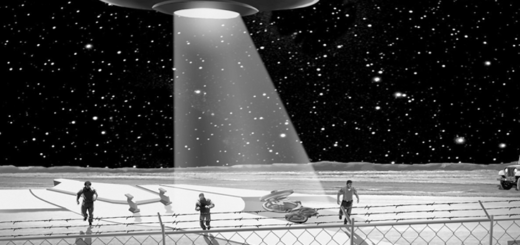Incredible 3D images show what aliens really look like… and it’s not what you might expect

SCIENTISTS have revealed what aliens really look like, and the extraterrestrial beings are nothing like we typically imagine.
Whilst the Sci-Fi depiction of aliens tends to feature grey skin, a big head and humanoid features, the reality couldn’t be more different.
The Daily Star reports that Dr Brian Choo, from the School of Biological Sciences at Flinders University in Australia, is determined to correct the way we think about aliens.
Working with artist Steven Grice, Dr Choo has created a series of incredible 3D images which depict a more realistic type of alien life.
The designs showcase the features which alien creatures would need to survive on dwarf planets, which Nasa believes could support life.
The amphibian creatures would need to survive in barren conditions, with Dr Choo predicting that plants would be scarce on these primitive worlds.
Aliens would adapt to the punishing conditions by evolving a protective shell to shield them from the sun’s intense heat, along with transparent skin which could capture light for energy.
Strong front legs would allow these strange creatures to burrow into the ground in search of food, with a mouth beneath its head to graze on plants growing on the planet’s surface.
Dr Choo told the Star: “This odd creature grazes on low growing lichen-like vegetation and digs for buried tubers.
“The low-slung body and armoured carapace permit it to forage during the blistering windstorms that scour surface.
“The paddle-like tail and vestigial fins betray an aquatic larval stage in the cool lakes at the edge of the melting dark-zone glaciers.”
The researcher also revealed what alien plants could look like, and they’re just as unusual as their alien counterparts.
In these 3D images, the red vegetation can be seen with a propeller on top to help it catch the wind and fly long distances, allowing it to disperse its seed more effectively.
Dr Choo said: “Harsh surface conditions could drive plants underground. Like mushrooms, most of its anatomy may be out of sight – protected from the winds, heat and radiation.”
He added: “The fleshy body of this ‘plant’ is mostly underground, save for the spectacular rosette of petals that trap moisture and, with the aid of symbiotic microbes, harness sunlight.
“While the mature organism is immobile and unthinking, its wind-blown seeds possess the limited degree of self-awareness necessary to navigate it to a site suitable for germination.”
These revelations follow a spectacular proposal from Nasa, which recently revealed a far-fetched plan to grow alien lifeforms on Mars
.



 Creators of mankind
Creators of mankind Description of “Tall white aliens”
Description of “Tall white aliens” Where they came from?
Where they came from? About hostile civilizations
About hostile civilizations The war for the Earth
The war for the Earth “Tall white aliens” about eternal life
“Tall white aliens” about eternal life Video: “Nordic aliens”
Video: “Nordic aliens” Aliens
Aliens Alien encounters
Alien encounters The aliens base
The aliens base UFO
UFO Technology UFO
Technology UFO Underground civilization
Underground civilization Ancient alien artifacts
Ancient alien artifacts Military and UFO
Military and UFO Mysteries and hypotheses
Mysteries and hypotheses Scientific facts
Scientific facts


















